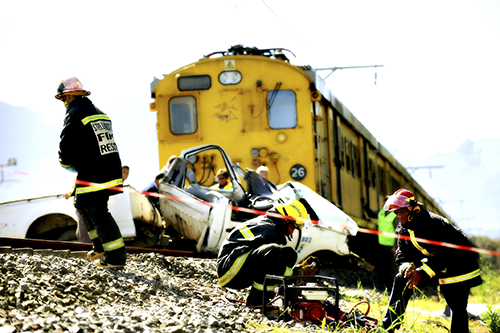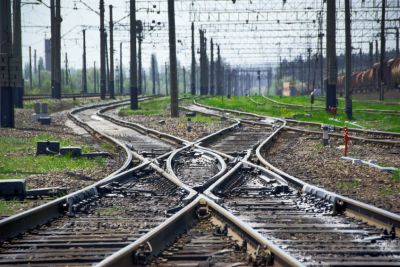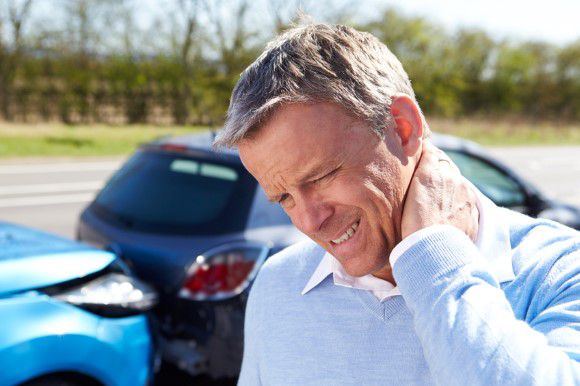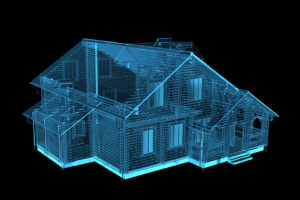Studies suggest there are about 5,800 motor vehicle vs. train collisions every year resulting in approximately 600 deaths and 2,300 injuries. Most of these collisions occur at crossings. Train accidents can be life altering, and the weight and speed of a train can potentially transform a minor accident into a tragic disaster within seconds. Railroad crossing collisions can result from inadequate protection and warning signals. Factors that increase the risk of a collision may include no warning signals, faulty or malfunctioning warning signals, and mechanical/track defects. According to the Federal Railroad Administration (FRA), more than 80% of railroad crossings lack sufficient warning signals and devices.
Recently, an Amtrack train derailed in Mendon, Missouri after colliding with a 2007 Kenworth W900B dump truck. Lawsuits for the Missouri derailment have already been filed, including one from the widow of the truck driver who is suing the rail line and the county for an allegedly unsafe passive crossing. Shortly after this Amtrak collision with the dump truck and subsequent derailment, the US Department of Transportation announced nearly $600M in grants available for the elimination and improvement of railroad crossings. The grants are intended to be used to enhance the safety and eliminate delays at railroad crossings. The FRA believes the safest crossing is no crossing and eliminating railroad crossings is the most direct way to prevent future crossing accidents. “The railroad crossing elimination program will make many grade crossings safer or eliminate them altogether in the coming years,” FRA Administrator Amit Bose added. “The projects funded by the program demonstrate the bipartisan infrastructure law’s lasting impact on communities by strengthening their infrastructure, reducing congestion and saving lives.” In the meantime, motorists can practice safety protocols to avoid an accident.
Railroad crossing accidents are more common than one may realize, and it is vital to practice awareness and cross with caution. It is crucial to always be aware and alert for railroad crossings. The National Highway Traffic Safety Administration recommends the following safety protocols to prevent motor vehicle vs. train collisions:
Railroad Crossing Safety Tips for Motorists:
- Stop, look both ways, and listen. Know that trains always have the right of way.
- Don’t stop on the tracks. Make sure you have room to get across. Once you enter the crossing, keep moving.
- Stop 15 feet away from flashing red lights, lowered gates, a signaling flagman or a stop sign.
- Never drive around a lowering gate or ignore signals.
- After a train passes, wait for gates to fully rise and for all lights to stop flashing before your cross.
- Never assume that there is only one train coming from a single direction.
- If your car stalls on a track, quickly get everyone out — even if you don’t see a train coming. Run away from the tracks and your car to avoid being hit by flying debris. Call the number on the blue emergency notification system sign. If the sign is not visible to you, call 911.
The possibility of safer roads and a decrease in railroad accidents will come to fruition over time and with appropriate funding. Grade separations including overpasses and underpasses, closures, track relocations and improvement of warning signals are alternative solutions to the prevention of collisions.
If you become involved in a railroad crossing accident, CED’s engineers are here to analyze the scene and provide reliable and valuable information to help you through the accident recovery process.






